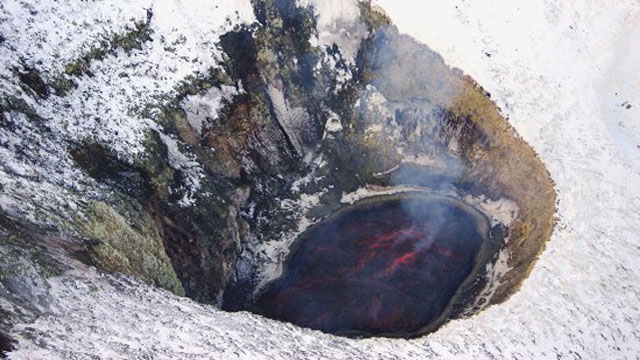Steven Kotler: What we’ve learned lately is that there are 17 triggers for flow. These are preconditions that bring on more flow. And when you strip them all down flow follows focus, right. It is a state that can only show up in the now, in the present tense. So what all these triggers are are ways of driving our attention into the now. To put it more formally they’re the ways evolution shaped our brain to pay attention to the moment. The easiest way to have flow and the people who are most successful at it have built their lives around these triggers. So let me give you a couple of examples. There are three environmental triggers or external triggers that precipitate flow. The first of them is most obvious. It’s high consequences. When there’s a lot of risk in the environment we pay more attention to what’s going on. This is obvious in action and adventure sports which are very, very high in flow, produce a lot of flow so obviously a lot of high consequences in action and adventure sports.
When I talk to people who are not athletes, who are not interested in this, the interesting thing is you don’t need physical risk. You do need risk because it focuses attention but you can replace the physical risk with emotional risk, intellectual risk, creative risk, social risk. Social risk works extremely well because the brain cannot tell the difference between social fear and social pain and physical fear and physical pain. They’re processed in the exact same structures and it sounds weird until you realize that go back 300 years ago and exile meaning social banishment – you screwed up socially, the tribe kicked you out. It was a capital crime, it was capital punishment, you couldn’t exist really outside of the tribe unless maybe you were Daniel Boone, right. We process social fear the same place we process physical fear which is why, for example, fear of public speaking is the number one fear in the world and it’s not, say, getting mauled by a grizzly bear, right.
So taking social risks as a way of hacking the flow state is perfect. So for a big wave surfer they may have to drop into a 50 foot wave to pull this trigger. But the shy guy only has to cross the room and speak to the attractive woman to pull this trigger. They shy woman needs to have to raise her hand and speak up at the business meeting to pull this trigger. Second of these environmental triggers is what’s known as deep embodiment. Deep embodiment is a fancy way of saying we’re paying attention to multiple sensory streams at once, right. So not only our five senses but we have proprioception and vestibular awareness. So balance and body position in space. All this information is streaming in all the time but most of us live our lives as heads on sticks, right. We’re unaware of this. Yet 50 percent of our nerve endings are in our hands and feet and face. So when you wake up these other senses, right, when you capture multiple senses at once it drives attention into the now. So, for example, again going back to action and adventure sports which is what I focus on in The Rise of Superman, deep embodiment shows up all the time because these athletes are experiencing zero Gs, multiple Gs and polyaxle rotation. So zero Gs, weightlessness. Multiple Gs, weightedness – all right, the force of gravity.
And polyaxle rotation is a fancy way of saying rotation around your middle or spinning. We are gravity bound creatures. These are unusual sensations. Whenever we encounter them it grabs hold of our attention and drives it into the now. Of course you don’t have to be an action adventure sport athlete to pull this trigger. In fact, back in the nineties when researchers went looking for the highest flow environments they could find, one of them that they discovered outside of action and adventure sports was Montessori education. And one of the reasons is Montessori education is often called embodied education which means they emphasize learning through doing, not just learning through reading. So don’t just read about the windmill, go out and build one. By building something with your hands, you’re engaging your tactile senses, your brain, your eyes – multiple sensory streams drive attention into the now. And in Montessori education the result is a tremendous amount of flow and since flow amplifies performance, motivation, learning, creativity, all these other things it’s one of the reasons they give for explaining why Montessori kids outperform regular kids on just about every test you could imagine from social skills through intellectual skills.
Directed/Produced by Jonathan Fowler, Elizabeth Rodd, and Dillon Fitton





